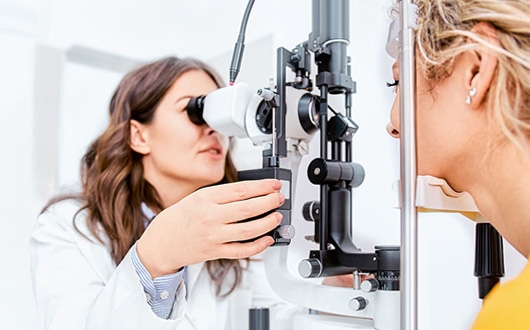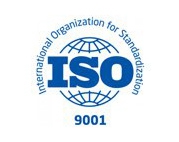
The retina is a thin layer of tissue that contains millions of light-sensitive cells (rods and cones),and is located in the back of the eye. The primary function of the retina is to receive, organize, and send visual information to your brain, through the optic nerve. This whole process enables you to see.
Retinal diseases cause damage to any part of the retina. Untreated retinal diseases can lead to severe vision loss and even blindness. With early detection, some retinal diseases can be treated, while others can be controlled or slowed down to preserve, or even restore vision.
Many retinal diseases and conditions present with similar signs and symptoms, such as:
Certain factors may increase your risk of developing a retinal disease, such as:
Retinal disease can present in many different forms. The most common retinal diseases, their causes, symptoms, and treatments are provided below.
A retinal tear occurs when vitreous gel that fills the eye begins to shrink, pulling on the retina with enough force to cause the retinal tissue to tear.As we age, the vitreous tends to separate from the retina, creating a posterior vitreous detachment (PVD).A posterior vitreous detachment affects more than 60 percent of people over age 70.
In most cases, a PVD does not cause any complications. However, some people are born with a more sticky vitreous which causes it to pull away from the retina in an abnormal way, resulting in a retinal tear.
In rare cases, a retinal tear may occur as a result of an eye injury or trauma to the retina.
A retinal tear can cause sudden vision changes, such as black spots or floaters and flashing lights. Retinal tears can increase the risk of retinal detachment and severe vision loss.
Retinal tears are typically treated with laser surgery or freezing treatments called cryotherapy.
Retinal detachment generally occurs when fluid travels through a retinal tear and causes the retina to detach from the other tissues in the back of the eye— cutting off its blood supply and ability to function properly.
Middle-aged and elderly populations are affected more frequently, with approximately 20 in 100,000, annually.
The symptoms of a retinal detachment depend on the extent of the detachment, and can vary from no symptoms at all, to seeing floaters, flashing lights, and a shadow that blocks the peripheral vision and sometimes central vision as well.
A retinal detachment may be treated through laser treatments, surgery, or freezing treatments (cryotherapy) to repair any tears in the retina and to reattach the retina to the back of the eye.
Be on the safe side with T&T Medical Consultant. We are at your disposal with our specialized team in our private clinic with international accreditations and certifications.
 National Committee for Quality Assurance (NCQA)
National Committee for Quality Assurance (NCQA) Technischer Überwachungsverein
Technischer Überwachungsverein Turkish Society of Plastic Reconstructive & Aesthetic Surgeons (TPRECD)
Turkish Society of Plastic Reconstructive & Aesthetic Surgeons (TPRECD) Joint Commission International (JCI)
Joint Commission International (JCI) International Standards Organization (ISO)
International Standards Organization (ISO)
- I am very pleased with this experience.
- It was a tremendously successful and painless process.
- I feel absolutely superb.
TestimonialsFirst of all, I would like to state that I am very pleased with this experience I have had thanks to your agency. Everything went well. Thank you very much in advance.{...}
10.07.2021My friends had hair transplantation in Turkey and they were very satisfied. Therefore I started researching a trusted and professional clinic, this is when I found Tunc. {...}
10.07.2021Due to post-birth deformations in my body, I was looking for an Aesthetic Surgeon in Turkey and I found Tunc through his reviews from patients. His expertise in body coun{...}
10.07.2021